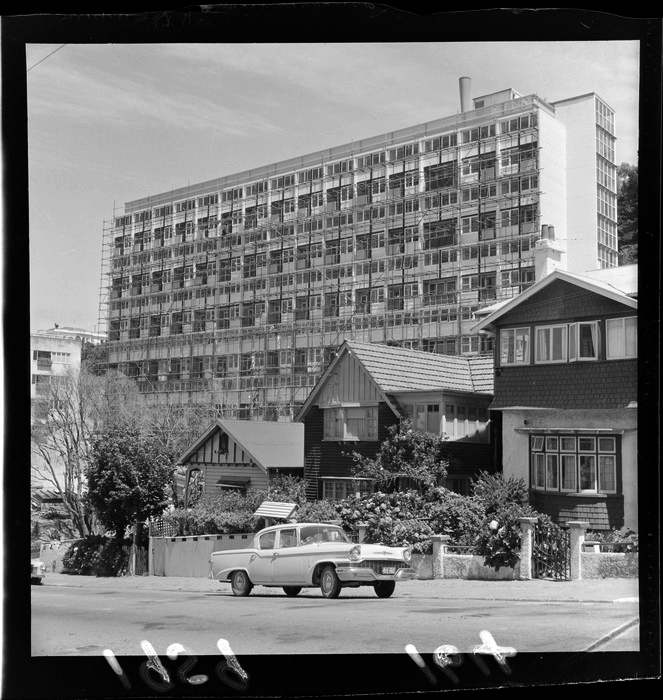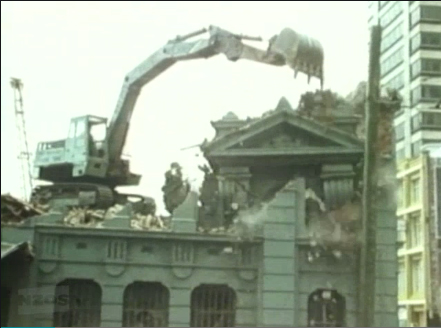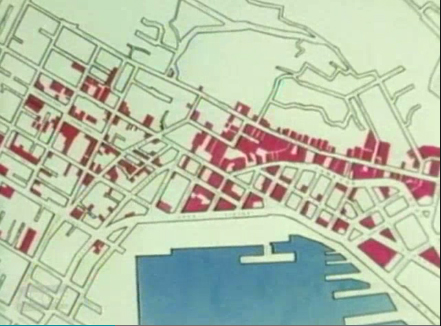
On Saturday morning (10 September 2016) on The Nation, the Social Housing Minister, Paula Bennett, claimed that she was doing everything “humanly possible” to address the homelessness situation. It is undisputed that there is insufficient social housing, and not enough is being done fast enough.

In early September, the media stated that there were “hundreds of empty state houses in Wellington.” While Housing NZ attributed this to a natural administrative state (“it is not unexpected for there to be vacancies”), Alan Johnson, of the Salvation Army, described “[t]he issue of earthquake strengthening … [as] “convenient”, and methamphetamine contamination … as a guise to let houses sit empty.”

This is after reports in August that the test for determining methamphetamine contamination were “not fit for purpose,” with Ross Bell, the Drug Foundation executive director saying that Housing New Zealand were “”out of control … [they have] admitted these tests are flawed yet they’re sticking with their zero-tolerance policy and I don’t know how they can justify that.””
Apart from Alan Johnson attributing Housing New Zealand’s use of earthquake proof status as “convenient,” there is yet to be any commentary challenging their position in relation to what exactly earthquake prone means in terms of safety for house occupants.

Earthquake prone building are buildings which are calculated to be less than 34% of the current building code, also described as 34% NBS (New Building Standard).
It’s probably useful at this stage to explain what 34% NBS actually means, and there is a handly decision from the Environment Court which spells this out. In the Hamilton East Community Trust v Hamilton City Council (ENV 2013 ALK 65) decision, reference is made to the NZ Society for Earthquake Engineering advice that “the risks in occupying a building performing at 33% NBS equates with the risk of flying in a commercial aircraft, or travelling 10,000 km or more by road per annum” [10]. To put this into perspective, the 34 chauffeur-driven Crown limousines have driven 3.5 million kilometres over the last five years – that’s 20,588 km/yr each.

So the threshold of earthquake prone-ness is a risk which most of us take often.
One engineer I know thought that driving daily into Wellington along the Wellington Urban Motorway from the Hutt was probably a greater level of risk than living in an earthquake prone building in town. Certainly more people die annually from road accidents than from earthquakes in New Zealand. The 2015 road toll was 319. The number killed in the February 2011 Canterbury earthquake was 185. If we were serious about preventing deaths we would stop driving before we stopped inhabiting earthquake prone buildings.

But back to 34% NBS. In Wellington, for example, the WCC assesses all pre-1976 buildings (except single-storey houses accommodating fewer than two household units). The year 1976 was chosen because from this year an improved building code was adopted (NZS4203) which would ensure buildings were built to above 34% NBS.
The initial council assessment is called an IEP (or Initial Evaluation Procedure). I think of it as an Initial Engineer’s Poke in the Dark. This is really a screening process rather than an assessment. As the WCC state, the IEP is “intended as an identification tool for the Council and is not a precise tool.” It would be incredibly unwise for any building owner to make decisions based on an IEP because it is a crude instrument. The money spent getting an engineer to do a more thorough evaluation could save hundreds of thousands of dollars of upgrading or demolition and rebuilding costs. All an IEP does is tell the council that any building which gets 34% or more through this process is not going to be earthquake prone. It doesn’t really give much certainty about assessments less than 34%.

Recently I overheard an engineer describing how he had been working on building recently and managed to increase another engineers’ earthquake rating up from 17% to 63%. Now anyone who knows engineers knows getting them to say anything structural about a specific building is wrapped in the cautionary entrails of professional indemnity insurance and IPENZ-induced professional standing. Engineer’s professional lives are utterly dependent on the correlation between their structural calculations and the ability of a building to stand up. So this seemingly miraculous jump from 17% NBS to 63% NBS needed some explanation.

Multistorey buildings of different ages and construction techniques and materials can initially appear to be structurally similar, but more detailed examination and analysis may give a better understand of how a building will perform structurally. The jump from 17% to 63% reflects a difference in degree of knowledge and understanding. For the information and understanding that the first engineer had about the building 17% was the correct assessment. The improved result of 63% was a result of “working hard” to get a better understanding about the building. Aspects of building shape and form, materials and construction detailing, and the geotechnical nature of the ground are all important. Given that the earthquake rating reflects the poorest performing aspect of a building, understanding one specific part of a building could suddenly lift a building’s rating from 17% to say 63%.

A recent example of this, which is on the public record is the Gordon Wilson Flats, which is earthquake prone.
The VUW engineer’s structural report notes that the facade is less that 34%, and that the unsafeness of the building “is due to degradation of the façade elements over time, rather than any concern that the building structure is at risk of overall collapse” (p. 6. [25]). If the facade was fitted the next lowest rated element (a diagonally reinforced spine wall) is 50% (pp. 3-4 [12]). If this was strengthened, the building would achieve a 80% NBS (p. 4. [13]).
This isn’t the first time Wellington has experienced the “convenience” of earthquake regulations.

Hometown Boomtown (1983) documents how during the 1980s the economic context and potential for capital gain, supported by Michael Fowler’s council’s stance on earthquake prone buildings, drove the near wholesale demolition along the Golden Mile.

As the film’s narrator states: “In the name of public safety, we flagged in the biggest demolition derby of them all. … To get in before nature’s earthquake, we created one of our own.”

… But back to Paula. Is she really doing everything “humanly possible” to address the homelessness situation? It’s had to believe so while so many houses lie empty. Perhaps the only way we can be certain is for Housing NZ to publish the detailed engineering reports for all houses lying empty under the guise of earthquake prone status. It would be utterly irresponsible if IEPs are the only evidence supporting their vacancy. Only detailed reports from reputeable engineering firms are sufficient – supported by an encouragement for the engineers involved to work hard to truely understand the structural viability of each buildings.

But perhaps the bigger question is: Are state houses going to be demolished because of ignorance or under false pretences?
Christine McCarthy


Leave a Reply